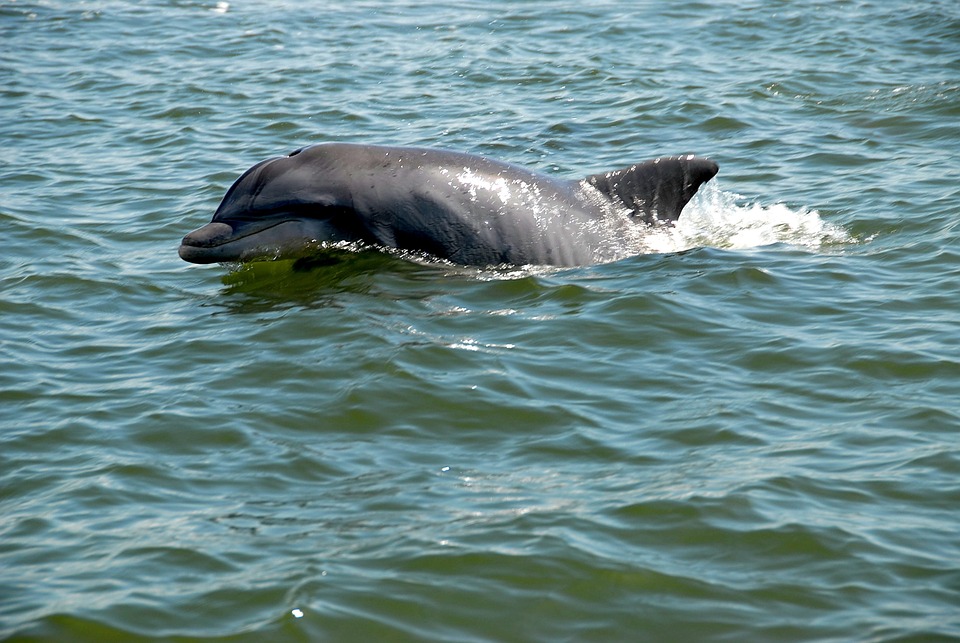Water currents are a critical factor in understanding fish behavior, as they greatly influence their movements and actions. This knowledge is essential for scientists and fishing enthusiasts alike, as it can lead to improved fishing techniques, the design of effective fish passage systems, and the preservation of fish populations.
Fish behavior encompasses various aspects, including orientation and navigation, social behavior, feeding patterns, and reproductive behavior. Each of these behaviors is affected by the presence and strength of water currents.
Sensing water currents is a crucial skill for fish, and they have evolved different mechanisms to do so. The lateral line system, which runs along the sides of a fish’s body, allows them to detect changes in water pressure and movement. The olfactory system helps fish sense chemical cues in the water, including those caused by water currents. Additionally, visual cues such as the movement of nearby objects can also indicate the presence and direction of water currents.
Feeding behavior is significantly influenced by water currents. For some fish, like those that feed on drifting prey, water currents aid in capturing their food. These fish position themselves to take advantage of the direction and speed of the current to increase their chances of success. On the other hand, ambush predators use water currents to their advantage by hiding in areas where currents bring prey directly to them.
Migratory patterns are also affected by water currents. Fish undertake spawning migrations to reach suitable breeding grounds, with water currents often guiding their journey. Seasonal migrations, driven by changes in temperature and food availability, are also influenced by water currents. Some fish species, such as salmon, exhibit anadromous or catadromous migration, where they move between freshwater and saltwater environments, relying on water currents to aid their journey.
Water currents also play a role in fish seeking shelter and avoiding unfavorable conditions. Flow refuges, areas with slower currents, provide fish with a safe haven from strong currents. Eddy formations, created by the interaction of water currents with obstacles, also offer shelter. Additionally, fish exhibit instinctual responses to strong currents, such as seeking cover behind rocks or vegetation.
Understanding fish behavior and their response to water currents is crucial for fishing techniques. By knowing the habitat preferences of different fish species, anglers can better target their efforts. Matching lure presentation to mimic the movement of prey influenced by water currents can also increase fishing success. Identifying optimal fishing spots, where water currents concentrate prey, is another benefit of understanding fish behavior.
Fish passage systems, such as fishways and fish ladders, are designed to aid fish migration. These systems take into account the natural behavior of fish and incorporate water currents to guide them. Designing fish-friendly passages and implementing current guidance systems ensure that fish can navigate barriers such as dams and weirs.
Dams and weirs can significantly alter fish behavior by obstructing water currents and creating barriers to migration. This disruption can have negative impacts on fish populations. Mitigation strategies, such as fish-friendly turbine designs and fish passage systems, aim to minimize these effects and maintain healthy fish populations.
In conclusion, water currents have a profound impact on fish behavior, influencing their feeding patterns, migratory habits, and shelter-seeking tendencies. Understanding how fish respond to water currents can lead to improved fishing techniques, effective fish passage systems, and the conservation of fish populations. So, the next time you observe fish or cast your line, take a moment to appreciate the intricate relationship between water currents and fish behavior.









